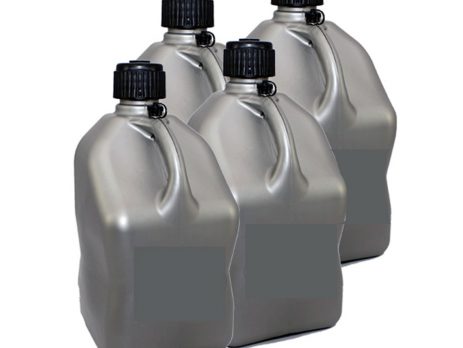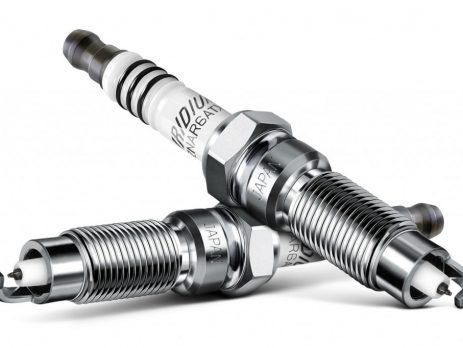Tech Tip: Choice Of Fuel
Never ever use pump gasoline in any racing application. Pump gas contains many unknown additives, and the blends will vary season to season, and region to region: summer time in Colorado is different than summer time in Georgia which will be different than any place in California. The additives also vary based on the particular region’s environmental requirements, like Los Angeles versus Montana. All this said, pump gas has too low of an octane rating to be used in any race engine 9:1 compression and higher, and has additives that are never consistent. The addition of ethanol in our gas at the pump has now created moisture retention concerns as well and has introduced corrosive characteristics to the fuel that WILL destroy your entire fuel system over a season. Leaded racing fuel of the proper octane rating is the fuel of choice. Historical data that we have all gathered over the years allows us to tune the carburetor and adjust the timing to confidently gain maximum performance. Unleaded fuel (which is an oxygenated fuel), all other oxygenated fuels, and ethanol must be dyno-tested to truly establish proper tuning, jetting, and ignition timing. One last thought: there is no such thing [...]




